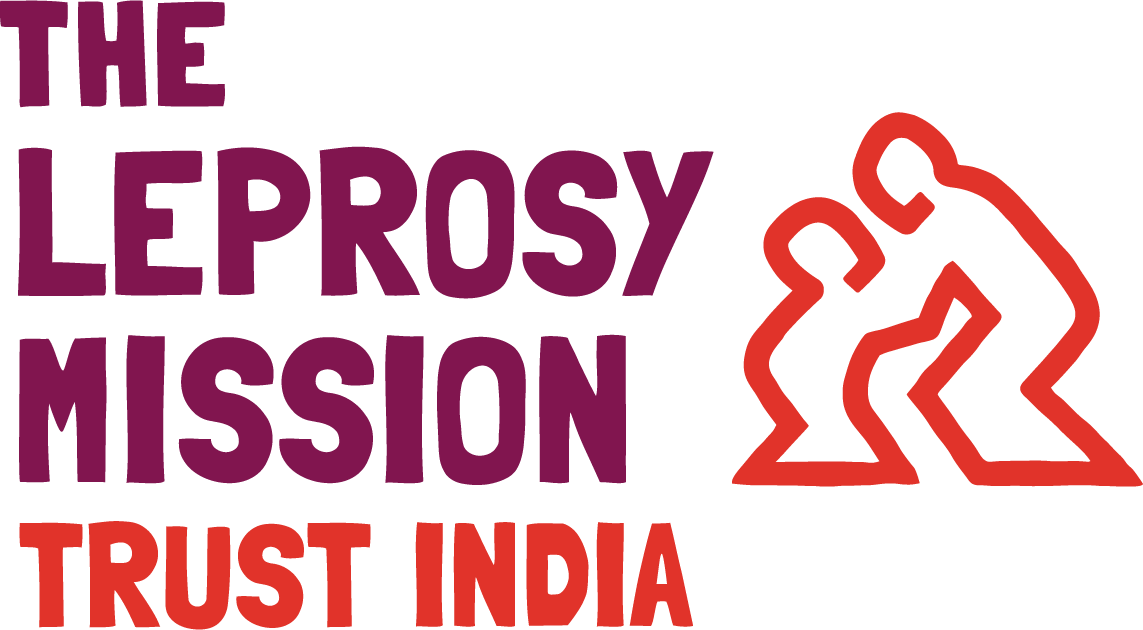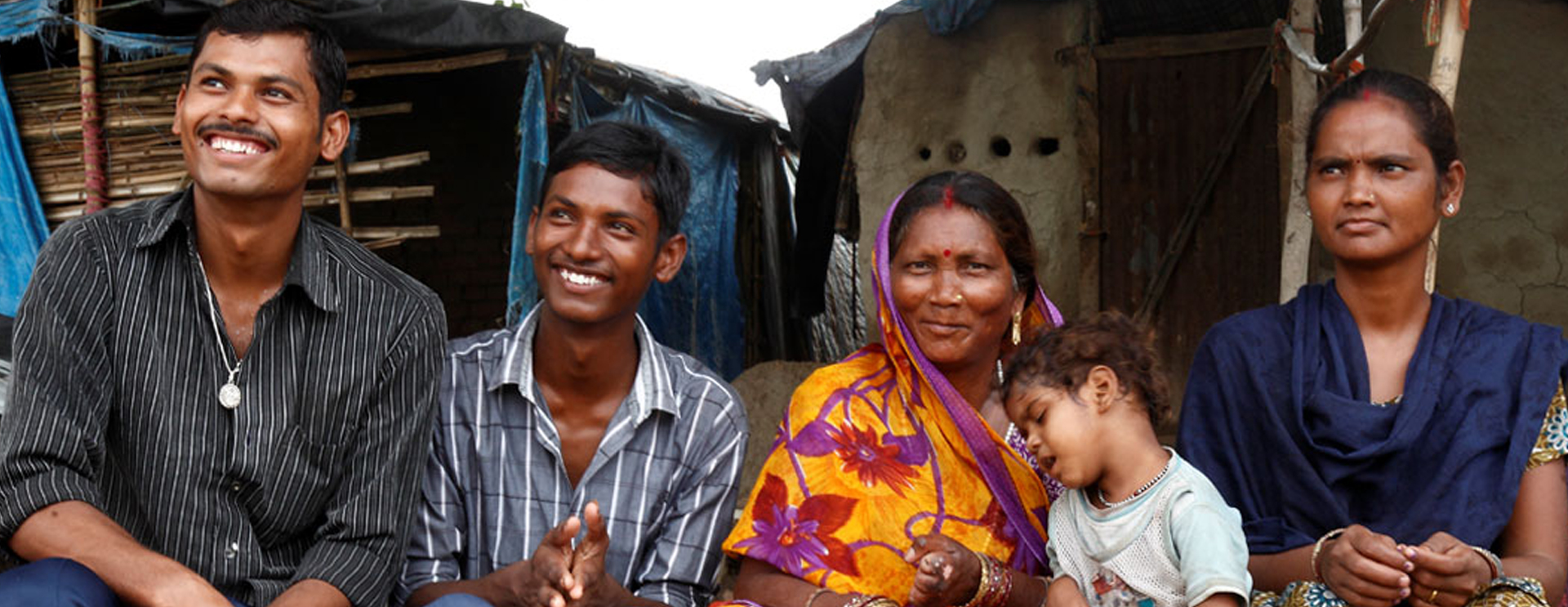Leprosy
Modern challenges of an ancient disease
The popular perception is that leprosy is an ancient disease that has been eradicated many years ago. But the reality is, leprosy is still prevalent, with more than 200,000 people being diagnosed every year worldwide. Even though leprosy can be completely cured, the disease is one of the world’s most stigmatised diseases, and people affected by the disease are considered as social outcasts in many parts of the world. They are denied basic human rights, discriminated against, and forced to live subhuman lives.
What is leprosy
Leprosy, also called Hansen’s disease, is a chronic (chronic diseases often cause long-term physical and social effects), mildly contagious bacterial infection caused by Mycobacterium leprae, a slow-multiplying bacterium. Dr Gerhard Henrik Armauer Hansen of Norway identified the bacterium that causes leprosy, way back in 1873. Most commonly, the disease affects the skin, peripheral nerves, lining of the nose, mucosa of the upper respiratory tract, small bones and the eyes. As the bacteria causing leprosy multiply slowly, leprosy has a relatively long incubation period (the time between infection and appearance of the first symptom) of five to 10 years. Symptoms may not appear for as long as 20 years. Leprosy can affect people of any age or sex, including children; but it is not hereditary.
The disease can have severe health consequences if not treated early. In that case, it can affect the nervous system. The bacillus destroys the peripheral nerves which lead to a loss of sensation. This, along with progressive tissue degeneration, may result in the extremities becoming deformed, leading to complications that can end up in impairment and disability.
History of leprosy
In its onslaught on mankind, leprosy has left a trail of pain and suffering that dates back thousands of years. Researchers believe leprosy has existed since at least 4000 BC.
Leprosy is one of the most misunderstood diseases. Throughout human history, leprosy is feared; a whole host of myths and misconceptions surround the disease since time immemorial. As far as the mistaken beliefs are concerned, many believe leprosy is a hereditary disease, a curse, or a punishment from God. Even after discovering the germ that causes the disease, leprosy patients are stigmatised and shunned. They are disparagingly called ‘lepers’ and many of them are forced to live as outcasts in ‘leprosy colonies’.
Leprosy Today
Leprosy is prevalent even today, with 202,185 new leprosy cases reported from 160 countries worldwide in 2019, as per the World Health Organization. India accounts for 56.61 per cent of the global caseload, followed by Brazil and Indonesia. Leprosy is completely curable now with multidrug therapy (MDT), a combination of three antibiotics.
It is estimated that in India, there are:
- Over one million people with visible deformities due to leprosy
- Around 750 ‘leprosy colonies’ where over 200 thousand people live marginalised lives



